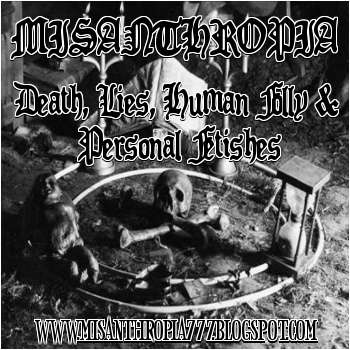 Angels depicted heralding the birth of Jesus in nativity scenes across the world are anatomically flawed, according to a scientist who claims they would never be able to fly.
Angels depicted heralding the birth of Jesus in nativity scenes across the world are anatomically flawed, according to a scientist who claims they would never be able to fly.By Graeme Paton, Education editor
Published: 7:20AM GMT 22 Dec 2009
A leading biologist has compared the physiology of flighted species with the representations of spiritual and mythical creatures in art – and found the angels and fairies that sit atop of Christmas trees did not get there under their own steam.
Prof Roger Wotton, from University College London, found that flight would be impossible for angels portrayed with arms and bird-like feathered wings.
“Even a cursory examination of the evidence in representational arts shows that angels and cherubs cannot take off and cannot use powered flight,” said Prof Wotton. “And even if they used gliding flight, they would need to be exposed to very high wind velocities at take off - such high winds that they would be blown away and have no need for wings.
“Interestingly, the artist Giotto showed one angel with a rigid 'mono-wing’ which could be an adaptation for gliding flight. But if they do just glide, how are the wings folded, unfolded and held rigid?”
Angels, cherubs and putti (babies with wings) adorn some the world’s most famous religious paintings and architecture, hovering in the air to witness the deeds of God and men.
Their power to capture the imagination is so strong that a survey last year revealed that most Americans believe in angels.
The study by the Pew Forum on Religious and Public Life found that 68 per cent of the 36,000 adults polled thought that angels and demons were at work in the world.
According to the latest study, birds’ wings evolved from the forearms of their ancestors and over time their whole body shape was determined by the covering of feathers. The reduced density of the bird skeleton provided a light but strong frame.
But angels have normal-sized bodies and cherubs and putti are often given additional weight, portrayed as chubby babies with tiny wings. They also lack the powerful muscles which allow birds to beat their wings.
Fairies come under similar scrutiny in the paper - Angels, Putti, Dragons and Fairies: Believing the Impossible - published in UCL’s Opticon magazine.
They are generally shown with insect wings, often those of damselfly or butterflies. Both insects have complex flight mechanisms with major muscles in the thorax, the chest region, which power the flapping of wings.
“The distortion of the thorax needed for flight in fairies with butterfly wings would be exceedingly uncomfortable,” said the academic. “For sure, fairies don’t fly.”
Angels have a special significance in the Judeo-Christian tradition and also play a role in Islam. Numerous passages in the King James Bible mention angels flying. In Isaiah 6: verses 2 and 6, Seraphim are described with six wings each.
Prof Wotton’s paper explores why the mythology is so strong.
“Looking at these things teaches us something about what we believe and what is concrete,” said the academic. “Angels are very powerful religious icons for people with faith. Their similarity to humans adds to their power. At the same time, they have wings on them because they are more than human. They take messages to heaven and therefore have to fly.
“Fairies of popular imagination are thought to come from a pleasant underworld and commute between than and our world, so flying is a way of decreasing travel time.”
From: http://www.telegraph.co.uk/topics/christmas/6860351/Angels-cant-fly-scientist-says.html











 "He who can, does. He who cannot, teaches."
"He who can, does. He who cannot, teaches."



 "Being is substance and life; life manifests by movement; movement is perpetuated by equilibrium; equilibrium is therefore the law of immortality.
"Being is substance and life; life manifests by movement; movement is perpetuated by equilibrium; equilibrium is therefore the law of immortality.


 "The doctrine of equality!... But there exists no more poisonous poison: for it seems to be preached by justice itself, while it is the end of justice.... "Equality for equals, inequality for unequals" that would be the true voice of justice: and, what follows from it, "Never make equal what is unequal."
"The doctrine of equality!... But there exists no more poisonous poison: for it seems to be preached by justice itself, while it is the end of justice.... "Equality for equals, inequality for unequals" that would be the true voice of justice: and, what follows from it, "Never make equal what is unequal."



No comments:
Post a Comment
Note: Only a member of this blog may post a comment.